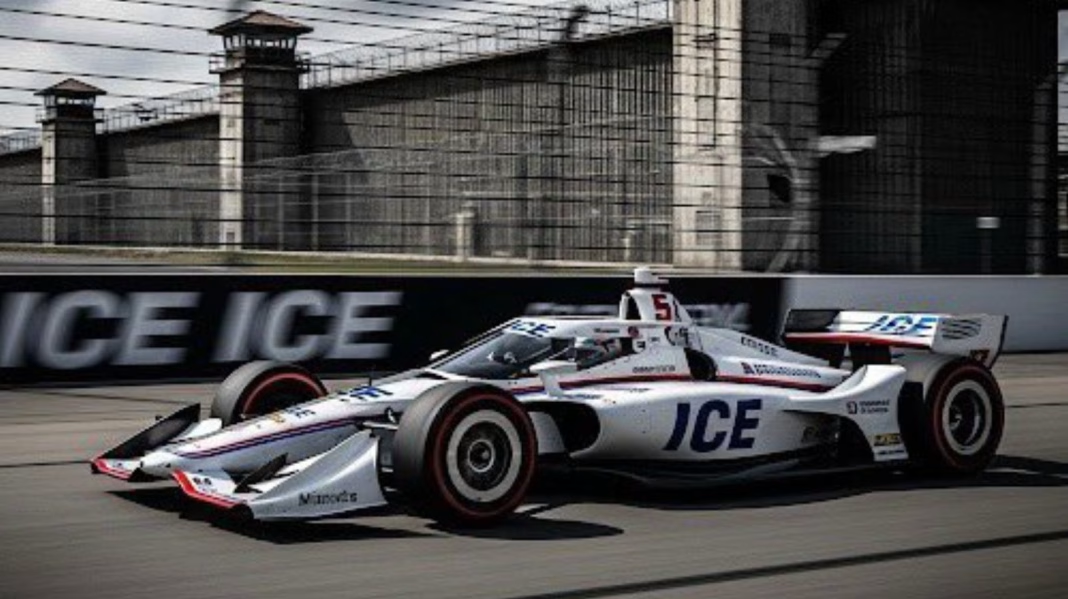Why Did the Department of Homeland Security Use an IndyCar to Promote a Detention Facility?
When news broke that the Department of Homeland Security (DHS) had unveiled a new detention facility in Indiana—nicknamed the Speedway Slammer—most folks expected the usual government press release. Instead, DHS chose to promote the facility using an IndyCar, a move that left the Indianapolis Motor Speedway and the broader IndyCar community fuming. It’s not every day that you see a symbol of speed and competition tied to something as controversial as immigration enforcement.
So, why did DHS make this choice? According to officials, the idea was to connect with local culture and grab attention. Indiana is the heartland of American motorsports, and the Indianapolis Motor Speedway is practically sacred ground for racing fans. DHS likely thought that using an IndyCar would make their announcement resonate with Hoosiers. But the reaction was swift and negative. Many saw it as tone-deaf, especially given the heated national debate around immigration and detention centers.
How Did IndyCar and the Indianapolis Motor Speedway Respond?
The backlash from the racing world was immediate. The Indianapolis Motor Speedway, which has carefully cultivated its image for over a century, was not pleased to see its iconic car used in this context. IndyCar officials expressed frustration, arguing that their brand stands for unity, excitement, and sportsmanship—not government detention.
This isn’t just about image, either. IndyCar teams and sponsors invest millions to keep their sport family-friendly and apolitical. When a government agency uses their likeness without permission, it risks alienating fans and sponsors alike. The Speedway’s leadership made it clear they had no involvement in the promotion and did not approve the use of their imagery for this purpose.
What Are the Broader Implications for Sports and Political Messaging?
This incident highlights a growing tension between sports organizations and political entities. Sports have always been a powerful platform for messaging, but there’s a fine line between inspiration and exploitation. When government agencies use sports symbols to promote controversial policies, it can backfire—alienating the very communities they hope to engage.
A recent Pew Research Center study found that 56% of Americans believe sports leagues should keep politics separate from their events and branding. The Speedway Slammer episode is a textbook example of why. Fans tune in for the thrill of the race, not to be reminded of divisive national debates.
Could This Affect IndyCar’s Relationship with Fans and Sponsors?
Absolutely. Sponsors are especially sensitive to controversy. They want their brands associated with positive, exciting experiences—not political firestorms. If fans perceive that IndyCar is being co-opted for government messaging, it could impact ticket sales, merchandise, and even future sponsorship deals.
IndyCar has worked hard to expand its fan base, especially among younger viewers who are more socially conscious. Any hint of political entanglement could undo years of outreach. The Speedway’s quick and public response was likely an effort to reassure fans and sponsors that they remain focused on racing, not politics.
What Can Other Organizations Learn from This Misstep?
There’s a lesson here for both government agencies and sports organizations. For the government, it’s a reminder that cultural symbols aren’t just free marketing tools—they carry meaning and emotional weight. Misusing them can spark backlash and undermine your message.
For sports brands, it’s a call to protect your image fiercely. Clear guidelines about how and when your likeness can be used are essential. And when something goes wrong, a swift, transparent response is key to maintaining trust.
The big takeaway? Protecting your brand isn’t about perfection—it’s about smarter adjustments. Start with one clear policy this week, and you’ll likely spot the difference by month’s end.


